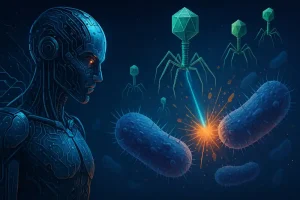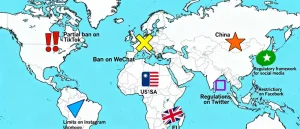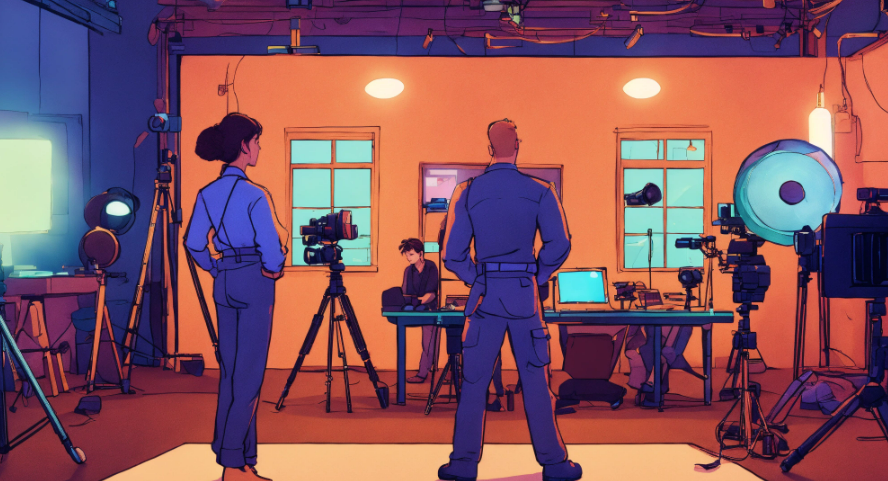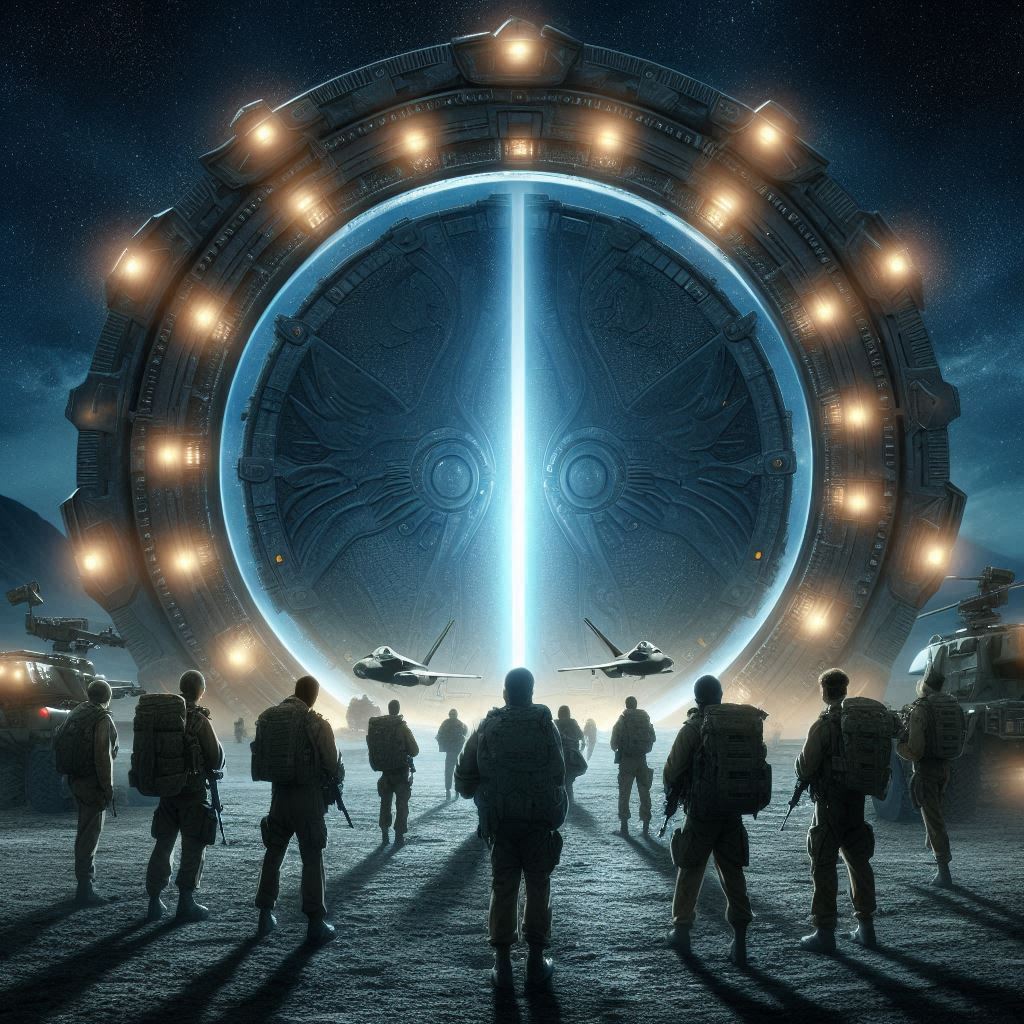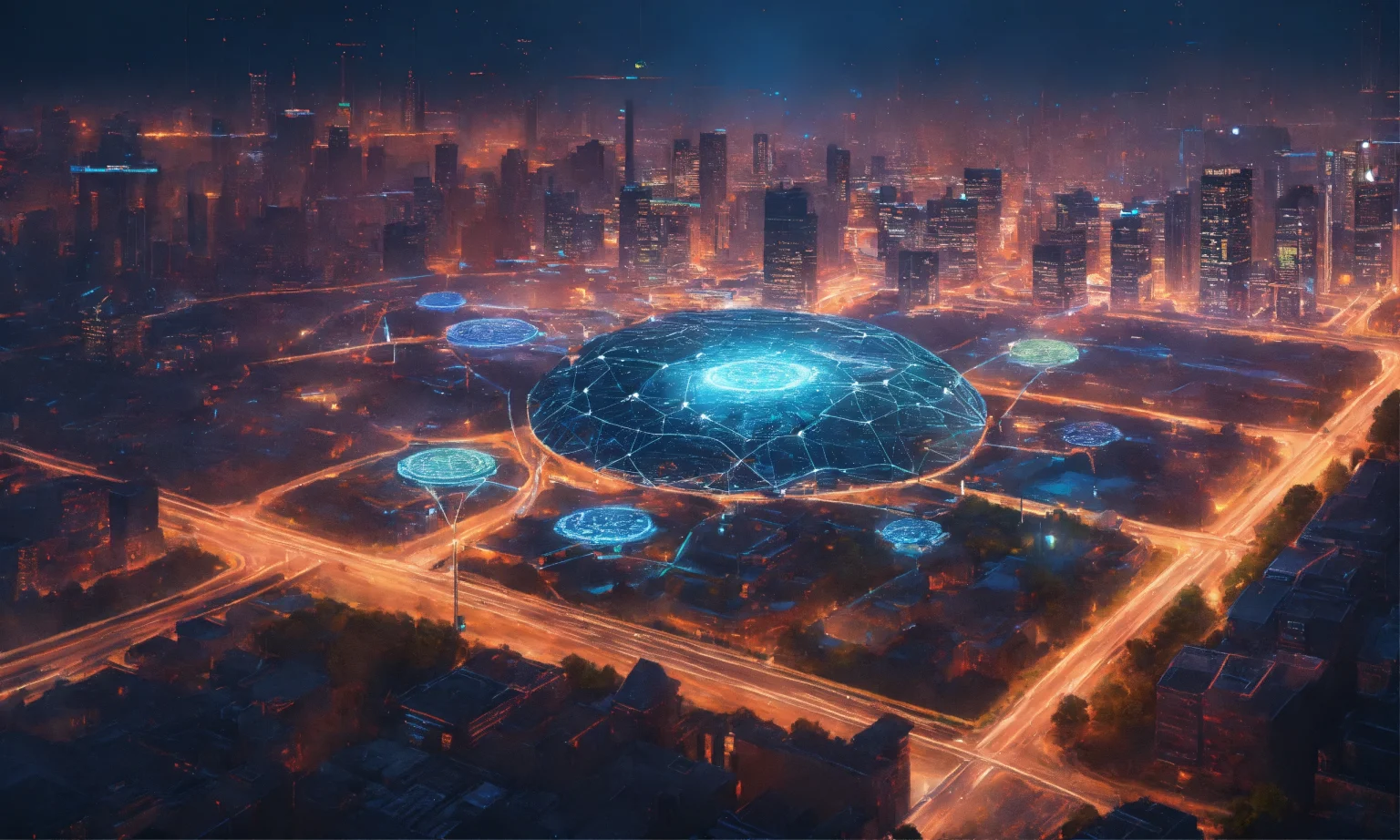Author: Satyen K Bordoloi
Satyen is an award-winning scriptwriter, journalist based in Mumbai. He loves to let his pen roam the intersection of artificial intelligence, consciousness, and quantum mechanics. His written words have appeared in many Indian and foreign publications.
A recent controversy about AI use for a Marvel poster underscores the real problem: it isn’t about AI use in movies, but our refusal to accept it, writes Satyen K. Bordoloi. Remember when your grandpa used to say, “Back in my day, we did things the real way”? Here we are in 2025, and having the same conversation about AI – just that the grandpas, in this case, are not baby boomers or Gen X but millennials and even Gen Z. Oh, how we love getting worked up about anything that’s ‘back in the days.’ https://twitter.com/FantasticFour/status/1886765551722136010 The moment Marvel released…
The rise of DeepSeek-type AI is giving the Global South something more valuable than oil or minerals: access to cheap external intelligence. This could herald a new world order, writes Satyen K. Bordoloi. Over the last month and a half, I’ve been using DeepSeek; it’s become my go-to AI. Yes, it is that good. Despite this, I – or anyone else – could never predict what happened on January 27 when it sent US tech stocks on a tailspin, wiping a whopping $593 billion from NVIDIA’s value in a single day. Though it recovered in the week, the message was…
From psychics to AI, the dubious origins of the name Trump gave to his AI project portends its future, writes Satyen K. Bordoloi. In the shadowy corridors of Cold War-era America, where espionage and secrecy trumped diplomacy, the U.S. government embarked on a bizarre mission that seems straight out of a dystopian science fiction novel. The Stargate Project was a clandestine program launched in the 1970s by the CIA and the Defense Intelligence Agency (DIA). Its aim? To harness the power of psychic phenomena—remote viewing, telepathy, and clairvoyance—to gain an edge over the Soviet Union. Picture this: a group of…
From budget-friendly breakthroughs to mind-blowing models, China’s AI underdogs are redefining the game finds Satyen K. Bordoloi In Liu Cixin’s Three-Body Problem series, aliens sabotage Earth’s technological progress to keep humanity in check. The US, in a somewhat less extraterrestrial but equally dramatic move, tried to do the same to China: slapping export bans on advanced chips and blacklisting companies. And let’s be honest, if there’s one thing both Biden and Trump agree on, it’s their shared love for hating China. But here’s the twist: instead of stifling China’s AI growth, these restrictions have only fuelled its rise. As I…
Rapid deployment of AI in scientific pursuits is creating an assembly line of discoveries that is revolutionising the world, writes Satyen K. Bordoloi. “The assembly line is a revolutionary manufacturing process that transformed production methods during the Industrial Revolution,” ChatGPT began. “It involves a product moving along a conveyor belt or track, with workers or machines at each station performing specific tasks to gradually assemble the final product. “This method significantly increased efficiency, reduced costs, and enabled mass production.” As this article discusses two seemingly disparate subjects—Assembly Line (AL) and Artificial Intelligence (AI)—I thought it’d be interesting to let one…
In a world where robots fold laundry, is it too disconcerting to have one come for Olympics gold, asks Satyen K. Bordoloi In 2023, a reel showing a robot crushing a human at table tennis got 114 million views. The video was a deepfake. But hold onto your circuit boards because 2025 is about to serve up something even better. We’re entering an era where robots won’t just be Amazon’s warehouse workers; they’ll cook dinner for you, tuck your child to bed, and maybe actually become your ping-pong buddies. With major tech companies from Boston to Beijing rolling out household…
We no longer need to have mere Robot Dreams as robots with AI are truly becoming our dream machines, writes Satyen K. Bordoloi Remember when we all lost our minds watching Boston Dynamics’ Spot dance to BTS? Well, hold onto your hats because 2025 is about to make that look like a wind-up toy. The robot revolution isn’t coming – it’s already here, and it’s way cooler (and less dystopian) than sci-fi would have us believe. As Dr. Alfred Lanning said in I, Robot, “There have always been ghosts in the machine.” But now, those ghosts, as AI, are making…
AI has a big problem – data shortage, and it could quickly gobble up innovation, writes Satyen K. Bordoloi as he outlines the solutions being cooked in the pressure cookers called AI companies Data is the new oil, they said, so they scraped websites old and new. Then they came for Reddit threads, Facebook Posts and Twitter feeds. When that wasn’t enough, they even took YouTube videos, e-books and newspapers. To do what: create ‘big data’ to train bigger AI. But guess what, despite burning fossil fuels for hundreds of years, we haven’t yet run out. But data to train,…
Following the phenomenal progress of AI in 2024, the general public is likely to enter 2025 with a sense of yawning boredom towards AI. And that is just as it should be, thinks Satyen K. Bordoloi. On February 15, OpenAI announced its text-to-video model, Sora, along with some impressive videos. The world was in awe of the video quality. In mid-June, Luma and Kuaishou Technology launched DreamMachine and Kling, respectively, prompting a social media frenzy as people uploaded videos created using these models. However, there was no significant buzz when Google launched Veo 2 on December 17 with mindbogglingly surreal…
AI hallucinations have been the bane of every generative AI company, but after major scientific breakthroughs, an increasing chorus of scholars are rooting for it, finds Satyen K. Bordoloi. In the world of humans, hallucinations are said to be responsible for some of the greatest works of inspiration, leading to great art and science. The concept of microdosing on hallucinogens is known among scientists and artists alike. However, as one of my viral articles for Sify attests, generative AI companies want to have nothing to do with hallucinations. Yet, a rising chorus of voices is beginning to argue that it…

